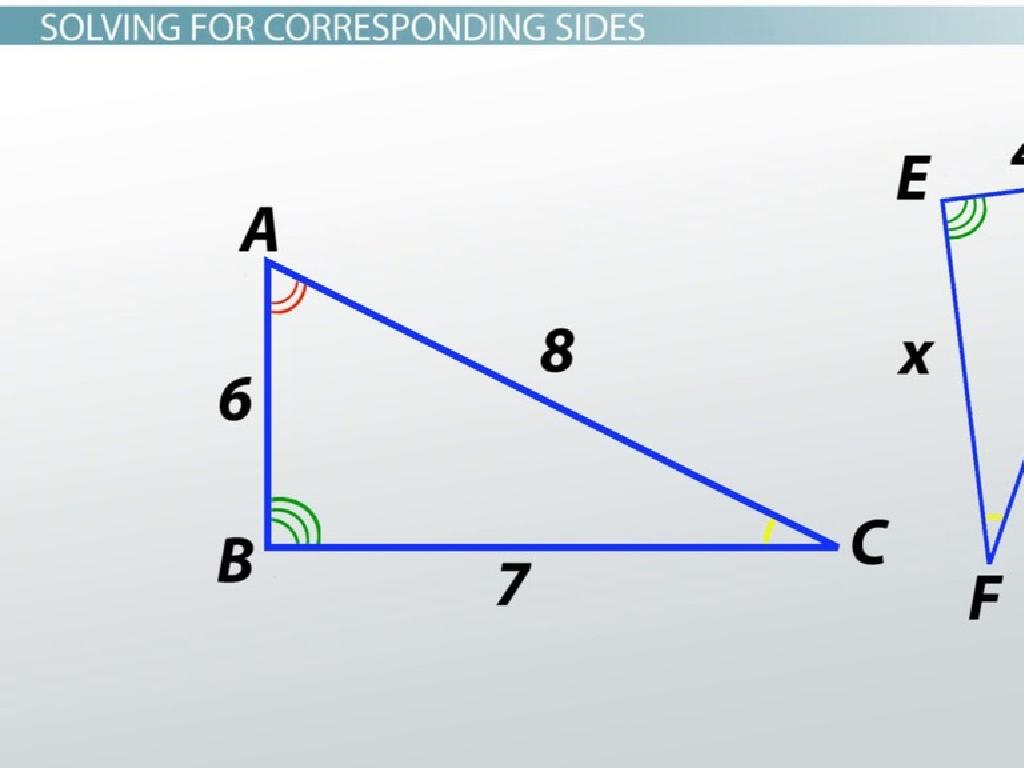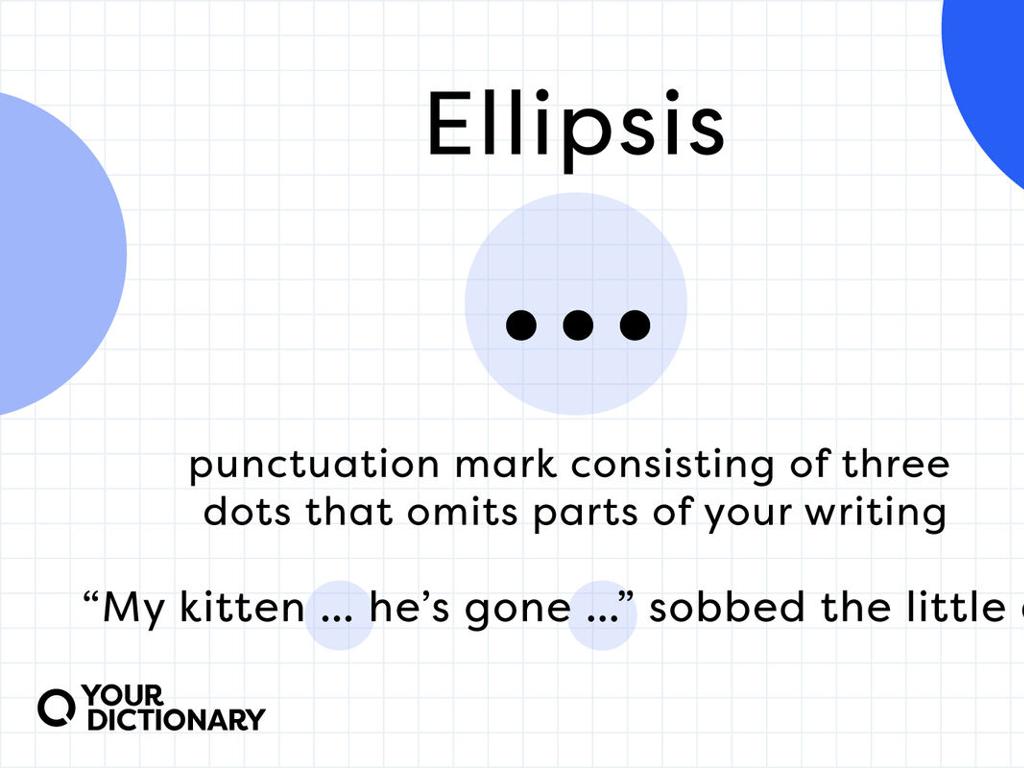Identify Animals With And Without Backbones
Subject: Science
Grade: Second grade
Topic: Classification
Please LOG IN to download the presentation. Access is available to registered users only.
View More Content
Welcome to Animal Classification!
– Learn about different animals
– Animals with vs. without backbones
– Animals with backbones are called vertebrates, like birds and fish
– Classify animals like a scientist
– We’ll learn to group animals based on their spine
– Fun facts about animal features
– Did you know? Insects don’t have backbones!
|
This slide introduces the concept of animal classification to second-grade students, focusing on the distinction between vertebrates and invertebrates. Begin by engaging students with general knowledge about animals, then explain the concept of a backbone and its importance. Use examples of common animals that children are familiar with, such as pets like dogs (vertebrates) and garden creatures like worms (invertebrates). Encourage students to think about animals they know and whether those animals have backbones. This will set the foundation for them to start classifying animals based on this characteristic, fostering observational and analytical skills in young learners.
Backbones and Vertebrates
– What is a backbone?
– A backbone is a line of bones in the back.
– Backbone’s role in the body
– It helps animals stand and protects nerves.
– Animals with backbones
– Examples: Humans, dogs, and birds.
– Vertebrates explained
– ‘Vertebrate’ means having a backbone.
|
This slide introduces the concept of a backbone and its importance in animal classification. A backbone, or spine, is a column of bones that provides support for an animal’s body and protection for the spinal cord. Animals with backbones are known as vertebrates, a term derived from ‘vertebra,’ which refers to the bones in the spine. Examples of vertebrates include mammals like humans and dogs, birds, and fish. Emphasize that vertebrates can live in many environments, including land, air, and water. Encourage students to think of more examples of vertebrates and to consider the role of the backbone in these animals’ lives.
Meet the Vertebrates
– Vertebrates are diverse animals
– All vertebrates have backbones
– A backbone, or spine, is a series of bones
– Examples: fish, birds, humans
– Fish swim, birds fly, humans walk
– Discovering vertebrate variety
– We’ll explore how different vertebrates live
|
This slide introduces the concept of vertebrates to second-grade students. Vertebrates are a group of animals that have a backbone, which is also known as a spine. Despite their differences in appearance and habitat, the common characteristic among vertebrates is their backbone. Examples include fish that live in water, birds that fly in the sky, and humans who walk on land. Encourage the students to think of other animals they know and discuss whether they are vertebrates or not. This will help them understand the diversity within the animal kingdom and the concept of classification based on physical characteristics.
Invertebrates: Animals Without Backbones
– Invertebrates explained
– Animals without backbones are called invertebrates.
– Body support in invertebrates
– They may have shells or soft bodies for support.
– Examples: Insects, spiders, worms
– Flies, bees, tarantulas, and earthworms are all invertebrates.
– Importance of invertebrates
|
This slide introduces the concept of invertebrates to second-grade students. Invertebrates are animals that do not have a backbone, unlike vertebrates which do. Instead of a backbone, invertebrates have other structures like shells in snails or flexible bodies like worms that help them move and protect their organs. Examples like insects (flies and bees), spiders (like tarantulas), and worms (like earthworms) can help students identify invertebrates in their surroundings. Emphasize the diversity and importance of invertebrates in the ecosystem, such as their roles in pollination and soil aeration. Encourage students to think of other invertebrates they know and how these animals might support their bodies without a backbone.
Invertebrates Up Close
– Invertebrates live all around us
– From oceans to backyards, invertebrates are everywhere.
– They vary in shape, size, and color
– Some are tiny like ants, others big like octopuses.
– Exploring interesting invertebrates
– Look at butterflies, spiders, and worms as examples.
– Understanding invertebrates’ role
|
This slide aims to introduce second-grade students to the diversity of invertebrates, which are animals without backbones. Emphasize that these creatures can be found in a wide range of environments and exhibit a vast array of physical characteristics. Provide vivid descriptions and relatable examples such as common insects, sea creatures, and garden dwellers. Encourage students to think about the different habitats where invertebrates might live and their importance in various ecosystems. The goal is to spark curiosity about the natural world and the many forms of life that exist within it.
Comparing Vertebrates and Invertebrates
– Vertebrates have backbones
– Animals like dogs and birds have backbones
– Invertebrates lack backbones
– Insects and worms are invertebrates
– Vertebrates are complex
– Vertebrates have an advanced skeleton
– Invertebrates: shells or soft
– Snails have shells, jellyfish are soft
|
This slide introduces the basic differences between vertebrates and invertebrates, which is a fundamental concept in animal classification. Vertebrates, such as mammals, birds, and fish, have a backbone or spine. In contrast, invertebrates, which include insects, spiders, and mollusks, do not have a backbone. Vertebrates tend to have a more complex structure, often with a well-developed skeletal system and organs. Invertebrates can vary widely, from those with hard protective shells like snails and crabs to those with soft bodies like worms and jellyfish. Encourage students to think of examples of each and consider the diversity of life forms in each category. This understanding sets the stage for more detailed studies on animal biology and the importance of structure in living organisms.
Class Activity: Sorting Animals
– Be a scientist for the day!
– Sort animal pictures into groups
– Divide animals based on backbones
– Vertebrates vs. Invertebrates
– Vertebrates have backbones, invertebrates do not
– Use your knowledge to classify
|
This interactive class activity is designed to reinforce the concept of animal classification by vertebrates and invertebrates. Provide students with a variety of animal pictures and ask them to sort these animals into two groups: those with backbones (vertebrates) and those without (invertebrates). Encourage them to apply their knowledge from the lesson to make these classifications. Possible activities include: 1) Group sorting where each table receives a set of animal pictures to classify together, 2) Individual sorting where each student receives their own set of pictures, 3) Pair sorting to promote discussion between students, 4) A ‘gallery walk’ where sorted pictures are placed on the walls and students walk around to review and discuss the classifications. This hands-on approach will help solidify their understanding of the concept.
Conclusion: Vertebrates & Invertebrates
– Congrats young scientists!
– Vertebrates have backbones
– Animals like fish, birds, and humans
– Invertebrates lack backbones
– Includes insects, jellyfish, and worms
– Is a turtle vertebrate or invertebrate?
– Turtles have shells and backbones inside!
|
As we wrap up today’s lesson on animal classification, it’s important to reinforce the key concepts. Vertebrates are animals with a backbone, such as mammals, birds, reptiles, amphibians, and fish. In contrast, invertebrates, which include a vast majority of animal species, do not have a backbone. Examples include insects, arachnids, mollusks, and crustaceans. Use the question about turtles to test students’ understanding, as turtles can be tricky due to their hard shells. Turtles are indeed vertebrates because they have a backbone. Encourage students to think of other animals and classify them as vertebrates or invertebrates to solidify their understanding.






